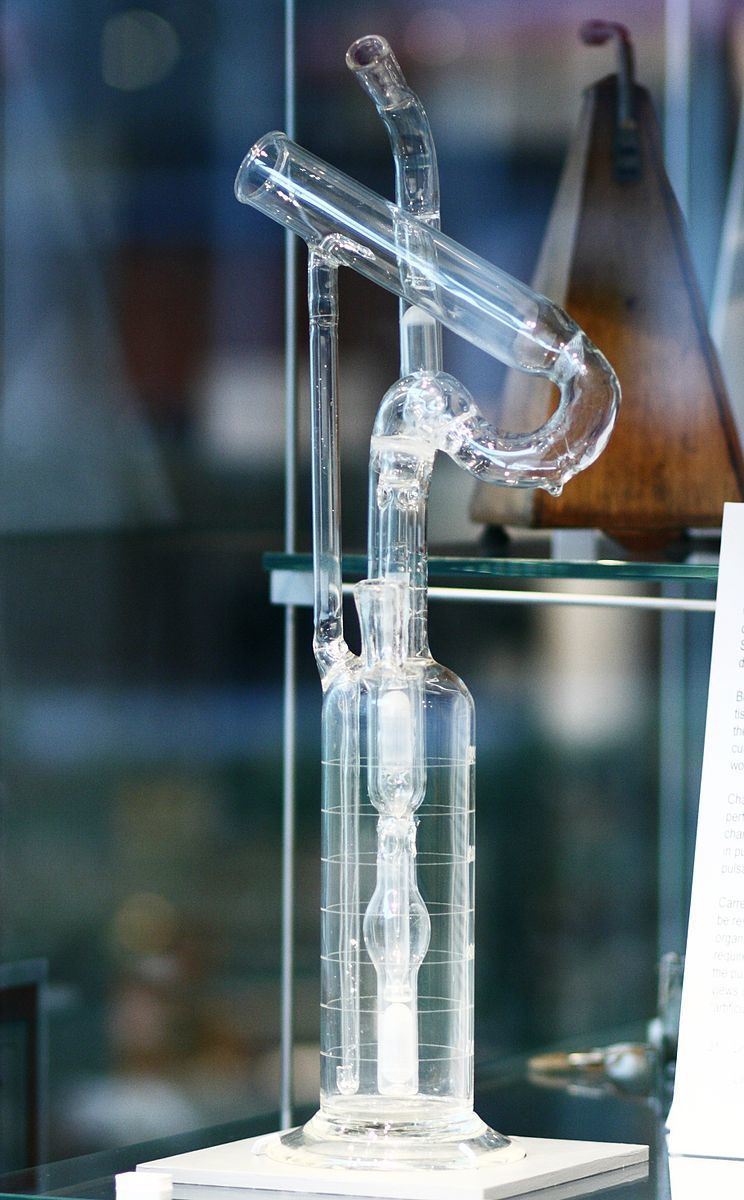 | ||
Perfusion is the passage of fluid through the circulatory system or lymphatic system to an organ or a tissue, usually referring to the delivery of blood to a capillary bed in tissue. The word is derived from the French verb "perfuser" meaning to "pour over or through". All animal tissues require an adequate blood supply for health and life. Poor perfusion (malperfusion), that is, ischemia, causes health problems, as seen for example in coronary artery disease, deep vein thrombosis, and many other conditions.
Contents
- Discovery
- Overperfusion and underperfusion
- Microspheres
- Nuclear medicine
- MRI
- CT
- Thermal diffusion
- References
Tests verifying that adequate perfusion exists are a part of a patient's assessment process that are performed by medical or emergency personnel. The most common methods include evaluating a body's skin color, temperature, condition (dry/soft/firm/swollen/sunken/etc), and capillary refill.
During major surgery, especially cardiothoracic surgery, perfusion must be maintained and managed by the health professionals involved, rather than left to the body's homeostasis alone. As the lead surgeons are often too busy to handle all hemodynamic control by themselves, specialists called perfusionists manage this aspect. There are more than one hundred thousand perfusion procedures annually.
Discovery
In 1920, August Krogh was awarded the Nobel Prize in Physiology or Medicine for his discovering the mechanism of regulation of capillaries in skeletal muscle. Krogh was the first to describe the adaptation of blood perfusion in muscle and other organs according to demands through the opening and closing of arterioles and capillaries.
Overperfusion and underperfusion
The terms "overperfusion" and "underperfusion" are measured relative to the average level of perfusion that exists across all the tissues in an individual body, and should not be confused with wrong hypoperfusion and "hyperperfusion", which measure the perfusion level relative to a tissue's current need to meet its metabolic needs. Underperfusion is also called poor perfusion and malperfusion is any type of incorrect perfusion.
Heart tissues, for example, are usually classified as being overperfused because they normally are receiving more blood than the rest of tissues in the organism. In the case of skin cells, extra blood flow in them is used for thermoregulation of a body. In addition to delivering oxygen, blood flow helps to dissipate heat in a physical body by redirecting warm blood closer to its surface where it can help to cool a body through sweating and thermal dissipation.
Microspheres
Microspheres that are labeled with radioactive isotopes have been widely used since the 1960s. Radioactively labeled particles are injected into the test subject and a radiation detector measures radioactivity in tissues of interest. Application of this process is used to develop radionuclide angiography, a method of diagnosing heart problems.
In the 1990s, methods for using fluorescent microspheres became a common substitute for radioactive particles.
Nuclear medicine
Perfusion of various tissues can be readily measured in vivo with nuclear medicine methods which are mainly positron emission tomography (PET) and single photon emission computed tomography (SPECT). Various radiopharmaceuticals targeted at specific organs are also available, some of the most common are
MRI
Two main categories of magnetic resonance imaging (MRI) techniques can be used to measure tissue perfusion in vivo.
CT
Brain perfusion (more correctly transit times) can be estimated with contrast-enhanced computed tomography.
Thermal diffusion
Perfusion can be determined by measuring the total thermal diffusion and then separating it into thermal conductivity and perfusion components. rCBF is usually measured continuously in time. It is necessary to stop the measurement periodically to cool down and reassess the thermal conductivity.
